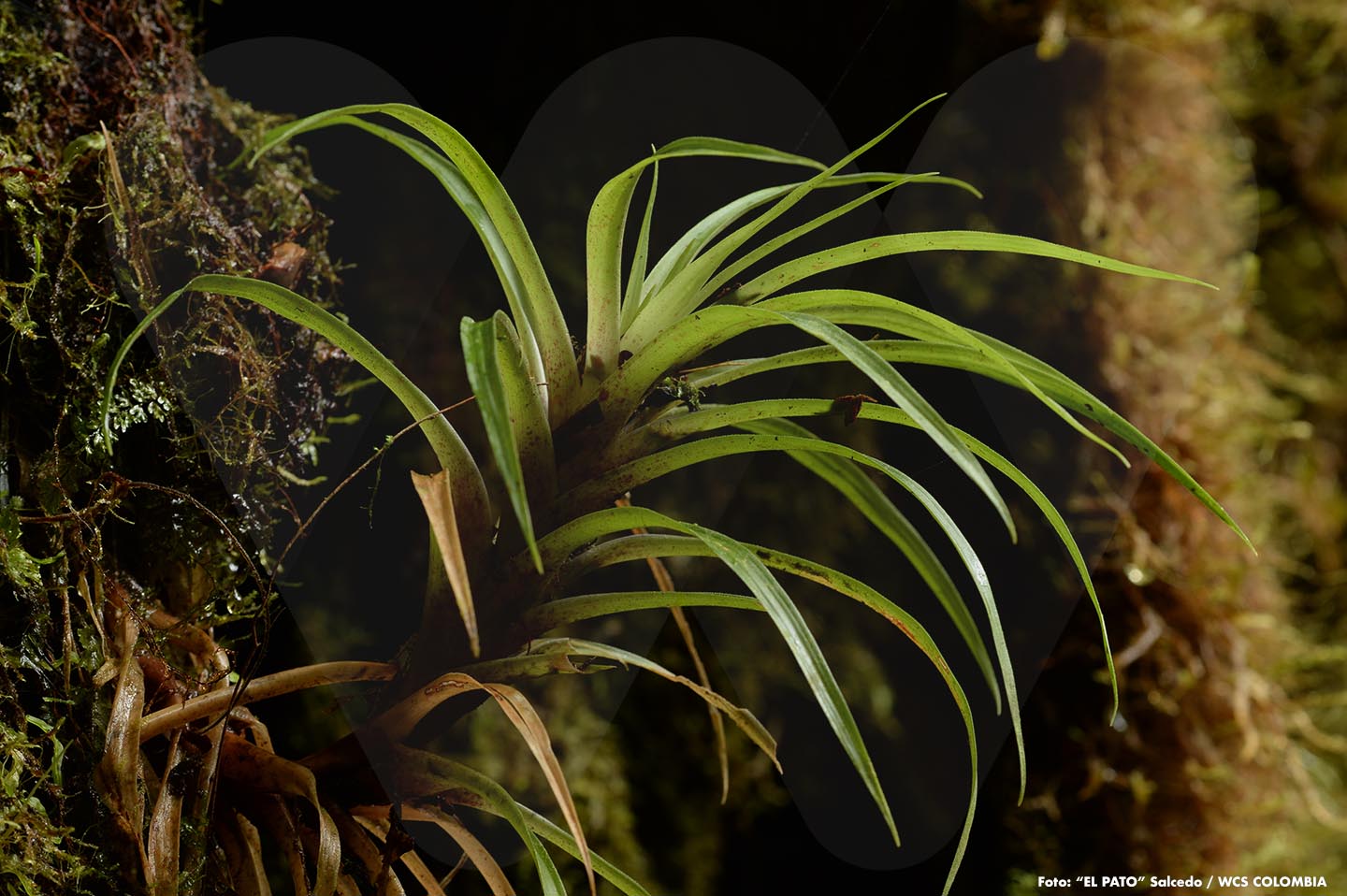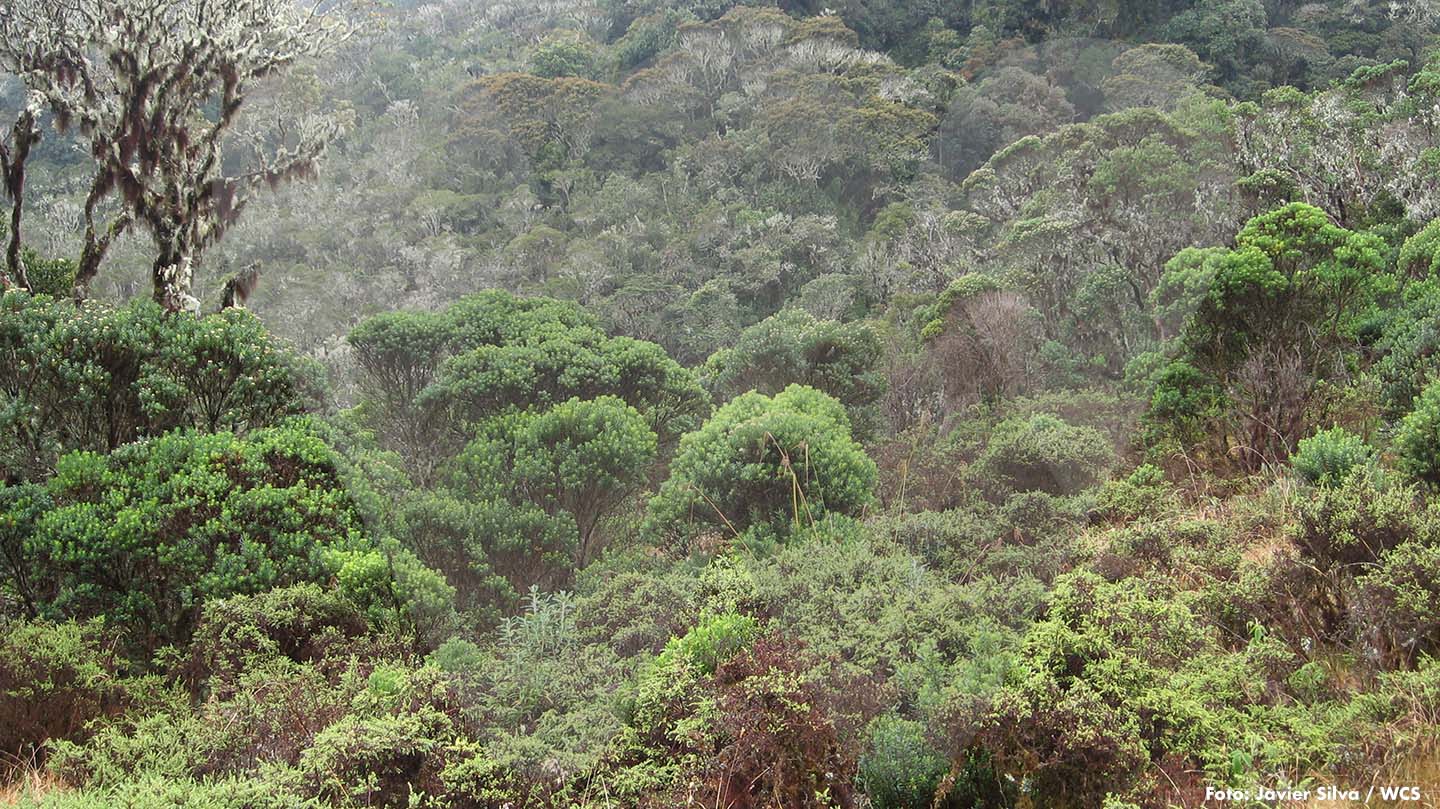The project is endorsed by the International Union for Conservation of Nature (IUCN) and seeks, besides having accurate information on the reality of the vegetation growing in our 32 Departments, to encourage care and conservation processes.

Colombia is the second most biodiverse country in plants in the world. To-date, more than 26,000 species have been registered in the territory, but it is estimated that there could be more than 30,000, of which 6,000 are endemic or exclusive of the country. Some are very high and slender, like the wax palm of Quindío. Others ‘hunt’ insects and many call them carnivores. Some are unique due to their forms and colors, like the zamias, or amazing like the angiosperm Datura stramonium nicknamed ‘grass of the devil’ due to its potent poison. And we have nearly 250 palm species, among which a very popular one called ‘a thousand pesos’; and also more than 4,000 species of orchids, all beautiful and charismatic.
Much is known about our plants, but biologists also acknowledge that they do not know it all. In fact, of the majority we only know that they exist, but there is no information on their populations, their interaction with other species or their ecology.
Consequently, there is a latent curiosity among specialists about this group of living things and an interest in protecting them, which has led many of them to join the Colombian Plant Specialist Group that today has the mission of updating, to the extent possible, data on the reality of the vegetation growing in our 32 Departments, and of prioritizing the species in greater risk of extinction.
Additionally, with the new information obtained, the Group will produce the most updated Red List of Colombian Plants, with the current status of all these species that we admire and that live in strategic places, such as dry forests or páramos.
The only exercise of this type that exists in Colombia, with some red lists for zamias, timber forest products, frailejones, palms and some 1,500 more species, was done more than 15 years ago.
Endorsed by the IUCN
The focus of this activity, an analysis of the risk of extinction of our Colombian plants, is not a spontaneous idea nor was it devised in a random way. The project is part of a world strategy, encouraged and promoted by the International Union for Conservation of Nature (IUCN) and its Species Survival Commission (SSC), an organization that endeavors to give recommendations and search for strategies for the preservation of biological resources worldwide.
It is known that presently, on Earth (without this being a conclusive estimate), there are almost 9 million species of flora, animals (many of them insects or arthropods), fungi and other similar organisms and without good estimates on the number of bacteria. Last year, IUCN explained that, of this possible total, only 105,732 have been assessed, of which 28,338 are threatened with extinction. What is recorded is very limited in comparison with what possibly exists, and led UICN experts to reaffirm that “humans around the world are overexploiting wildlife, without even getting to know it.”

And that urged governments to support IUCN’s call to halt the decline of the species by 2030 and prevent their human-driven extinction. Additionally, to improve the conservation status of threatened flora populations, striving to attain a recovery by 2050.
Consequently, another purpose of the Plant Specialist Group is to promote and implement projects or plans of action to advance in their defense and in the protection of the biodiversity connected with them, as well as to generate information for the creation or enlargement of protected areas or other reserved zones that can help with their protection, restoration and sustainable use.
First the plants of the páramo
The defense of plants is essential because they are the base for the functioning of terrestrial ecosystems, the ecosystem services they provide and human wellbeing in general.
“What we want to generate is quality input for decision-making, important to promote the National Strategy for Plant Conservation”, says Cristina López-Gallego, Ph.D. in Conservation Biology of the University of New Orleans, professor at Universidad de Antioquia and currently coordinator of the Specialist Group jointly with Carolina Castellanos of the Alexander von Humboldt Institute.
Red lists for plants in megadiverse countries (those with more than 5,000 species) are only recently being implemented in South Africa and Brazil (the most biodiverse country in the world for these organisms). Colombian scientists received guidance from Brazilian experts in methodology and other subjects related with the preparation of the National Red List.

The intention in the country, at least for this year, is to complete 3,000 Red List of Plants assessments (almost 12% of total existing and known to-date plants).
The Specialist Group is already working on projects for the assessment of páramo, dry forest and Amazonia endemic plants, endemic trees and groups of bromeliads, heath family plants, orchids, frailejones, cactus, tree ferns and mosses. At the same time, it supports initiatives working for the preservation of many other plants.
Many institutions, public (such as environmental authorities or national parks) as well as private (reserves or NGOs) are already involved in important projects. As examples, WCS Colombia, organization that supports the work of the Colombian Plant Specialist Group, works for the recovery of moriche palm, congrio tree and carreto colorado tree populations (the two latter are timber trees used for the production of furniture, fences and even auto parts), in the Llanos Orientales (Eastern Plains) and the Magdalena Medio region, through the Proyecto Vida Silvestre, supported by Fundación Santo Domingo and Ecopetrol. And with the initiative Río Saldaña, una cuenca de vida, supported by Parques Nacionales Naturales de Colombia, Corporación Autónoma Regional del Tolima (Cortolima), Agregados Argos and Fundación Grupo Argos, that promotes the protection of river basins and water in Tolima, Zamia tolimensis, a critically endangered endemic species described in 2011, is preserved. A population in good condition was recently found.
As Cristina López says, the assessment of the status of all Colombian plants is still a long way off but, while that crucial knowledge is constructed, all public and private actors must respond. “We cannot wait until we finish the Red List to start with conservation processes because, when we finish it, there could be few plants to preserve”.
